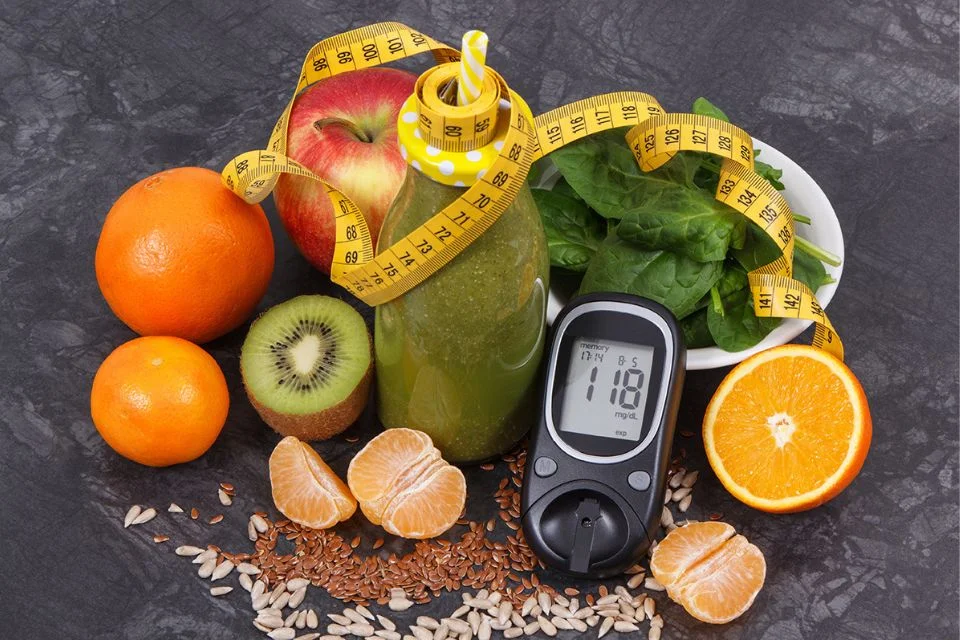Diabetic Diet Plans
When you have diabetes, your body can’t correctly digest and use the food you eat. As a result, sugars from your diet aren’t stored in your muscles and other tissues (as they would be if you didn’t have diabetes). Instead, they end up in your blood, where they can cause problems. If left untreated, high blood sugar can lead to serious complications such as vision loss, nerve damage, heart disease, and even amputation of your toes or feet. Fortunately, there are certain things that you can do to prevent or manage your diabetes. Eating a healthy diet is one of them. The most effective way to reduce the risk of developing type 2 diabetes is by maintaining a healthy weight through a diet and exercise program; however, adopting an appropriate diet for diabetes may also help prevent progression from pre-diabetes to type 2 diabetes and delay its onset. In this article, we will explain what a diabetic diet plan entails and provide healthy eating tips for people with this condition.
What is a Diabetic Diet?
A diabetic diet is a way of eating that helps control blood sugar levels in people with diabetes or pre-diabetes. Studies show that a healthy diet can be as effective as medication at lowering blood sugar. A healthy diet includes eating a wide variety of foods, including vegetables, fruits, whole grains, and beans. There are different types of diabetic diets, including the diabetic exchange diet, the modified carbohydrate diet, the Mediterranean diet, and the vegetarian diet. Each diet has certain guidelines. The diabetic exchange diet is the most common.
It divides food into six groups: meat, poultry, fish, eggs, milk and milk products, and vegetables and fruits. Each group has a different number of exchange units or “exchanges.” The goal is to eat a certain number of exchanges from each group every day. Each exchange represents a certain amount of carbohydrate, protein, fat, and many times, fiber. One exchange is the equivalent of one serving of food. When you eat according to the diabetic diet plan, you eat a certain number of exchanges from each group. This diet plan is used most often to treat type 2 diabetes and pre-diabetes.
Tips for People with Diabetes to Help Them Stay Healthy
Eat lots of fruits, vegetables, and whole grains – These foods are full of fiber and vitamins that help control blood sugar levels.
Eat less red meat – Eating less red meat may help lower your risk for heart disease, but only if you replace it with other sources of protein.
Use sugar substitutes – These can help you reduce your sugar intake, which may help lower your blood sugar level. However, if you have type 2 diabetes, artificial sweeteners may increase your risk of developing hypoglycemia.
Drink alcohol in moderation – Alcohol may raise blood sugar levels, but only if you drink too much of it.
Maintain a healthy weight – Excess weight can increase your risk of developing diabetes, heart disease, high blood pressure, and other health problems.
Eat more vegetables and fruits
Fruits and vegetables are rich sources of vitamins, minerals, and fiber, and they can help you lower your blood sugar, lose weight and reduce your risk of heart disease.
– Choose fresh or frozen vegetables instead of canned vegetables.
– Frozen vegetables are often just as nutritious as fresh vegetables and are sometimes lower in sodium too.
– Eat a variety of vegetables and fruits every day.
– Cook vegetables with little or no oil and choose low-fat salad dressings, sauces, and spreads.
– If you’re taking medication for diabetes, make sure to consult your doctor before adding certain fruits and vegetables to your diet.
Eat more whole grains
Whole grains are rich in fiber, which helps control blood sugar levels. When you eat foods high in fiber, it takes the body longer to digest these foods and absorb the carbohydrates found in them. This can help keep your blood sugar levels from rising too quickly after eating.
– Use whole wheat pasta, brown rice, and whole-wheat bread.
– Add whole grains to soups and casseroles.
– Make your own granola bars with whole grains.
Eat more beans, peas, and other legumes
Legumes are high in fiber, which can help lower your blood sugar.
– Include beans or peas in salads, soups, and casseroles.
– Sprinkle dried peas in vegetable and rice dishes.
– Sprinkle chickpeas on salad or relish, or add them to vegetable and rice dishes.
– Make your own hummus with chickpeas or black beans.
– Add lentils to meat dishes or soups.
Consume less saturated fats—including meat and dairy products
Saturated fats are found in many foods, including meat and dairy products. Diets high in saturated fats can raise your blood sugar level, which can increase your risk of developing diabetes.
– Choose low-fat dairy products, fish, and poultry instead of red meat.
– Choose low-fat salad dressings, sauces, and spreads.
– Cut back on the amount of full-fat foods you eat.
– Include nuts and seeds, which contain healthy fats, in your diet.
Bottom line
A healthy diet is one of the best ways to reduce your risk of developing diabetes and manage your condition if you have it. A healthy diet includes eating more vegetables, fruits, legumes, whole grains and nuts, and seeds, and less red meat, full-fat dairy products, sugar, and refined carbohydrates such as white bread, white rice, and white pasta. If you are at risk of developing diabetes, you can reduce that risk by making healthy changes to your diet.

